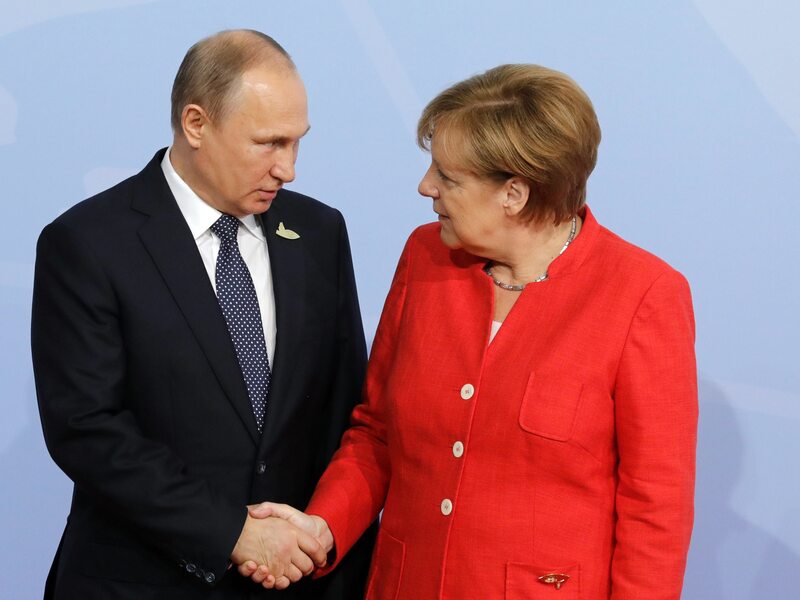
On Chancellor Angela Merkel's desk in the Chancellery in Berlin was a copper engraving of Tsarina Catherine II, known in Germany as the Great. The portrait of the German princess on the Russian throne was said to be a gift from Russian President Vladimir Putin. The political significance of the gift is clearly visible. At the time, the German press wrote about the two women, “kindred spirits” from Berlin and Moscow, in more detail – and sadly – this relationship.
During the Soviet era, Angela Merkel was fascinated by a KGB colonel from Dresden. He could freely speak to him in the language of Goethe, or rather, Honecker. And language facilitates communication.
from Potsdam
Russia, an awakening empire, and Prussia, a rising power on the Continent, under Czarina Catherine II and King of Prussia (and soon King of Prussia), Frederick II, for reasons of political geography, fell in love with each. Another, the forerunners of which had already appeared much earlier, as evidenced by the secret Prussian-Russian protocol from Potsdam regarding Poland. The Russo-Prussian Convention of February 17, 1720 stated that Russia and Prussia would jointly decide Poland. It was a response to the 1719 Treaty of Vienna, where Saxony, Austria, and England declared that the Polish Republic would retain its independence. Russia and Prussia were in favor of maintaining the Polish political system, which guaranteed the impotence of the state and encouraged external interference and resistance to reform efforts in the Polish state (similar to the situation in Poland today). The Russo-Prussian Convention at Potsdam was the beginning of the later German-Russian romance that continues to this day.
(translate tags) Russia
